Fish Pedicure – Benefits and Safety Concerns
Fun and quirky, this pedicure clears away dead skin and relieves stress in no time.

Image: Shutterstock
Fish pedicure, often known as fish spa treatment, entails immersing your feet in a tank of water containing Garra rufa fish. This unique foot therapy helps exfoliate the skin and may aid in treating psoriasisi A long-term, common skin condition that causes dry, scaly, and raised patches on knees, elbows, scalp, and trunk. , eczemai A chronic, common skin disease that causes inflamed, cracked, red, itchy, and rough skin due to irritants and allergens. , and other skin and cutaneous conditions (1). Even though fish pedicure has grown in popularity, it poses a few risks, especially for people with compromised immune systems. This article will explain how fish pedicure works, its advantages, and potential risks. Keep reading!
In This Article
What Is Fish Pedicure?
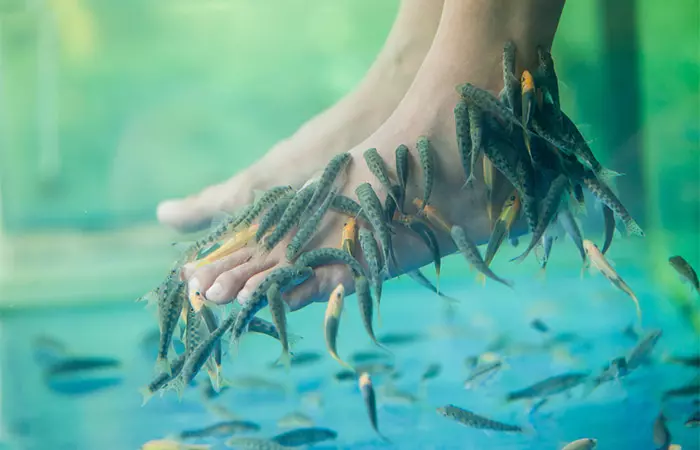
The fish pedicure or fish spa involves soaking the customer’s feet in a small water tank with nearly 30 to 100 pieces of tiny Garra Rufa fish, also known as the doctor fish or nibble fish. They eat away the dead skin of your feet, revealing soft and smoother skin. They nibble away the rough, flaky skin of the toes, leaving the feet gently exfoliated. This biotherapy provides a soothing massage and a calming sensation while the fish nibble and scrape away the dead skin. A fish spa treatment might run anywhere from 15 to 30 minutes.
 Fun Fact
Fun FactApart from exfoliation, fish pedicure offers some amazing benefits for the skin. Find out what they are in the next section.
Key Takeaways
- A fish pedicure can reduce itchiness, blemishes, dark spots, and scars on the feet.
- Garra Rufa fish eat away the dead skin of feet, revealing soft and smoother skin.
- However, infections may spread easily during a fish pedicure as water used in the fish tank is not regularly replaced.
Benefits Of Fish Pedicure

- It gently exfoliates your skin by eliminating dead and dry skin cells.
- Your rough, uneven feet feel soft, smooth, and healthy.
- It helps soothe eczema and psoriasis (2), (3).
- It can reduce itchiness, blemishes, dark spots, and scars on the feet.
- It is a terrific stress reliever. It induces a mild massage sensation that is incredibly calming.
- It can minimize the appearance of calluses and warts.
A blogger spoke about her fish pedicure experience in her blog. She said, “Were my feet silky smooth with no hard skin? Well no, there is a difference with some softer areas, and my cuticles are tidier, but there is still far too much hard skin (i).”
Although a fish spa feels great on the skin, it has certain safety concerns. Here are some risks associated with fish pedicures.
Safety Concerns

1. Hygiene
The water used in the fish tank is not usually replaced regularly.
Many people sharing the same tank can only make things worse, and you have to compromise with hygiene and cleanliness. As a result of this, infections may spread easily, particularly if you have an open wound or bruises.
2. Fish Swap
Doctor fish resemble another fish species, Chinchin, which has teeth and bites. So, if your spa personnel mistakenly choose the wrong species for your basin, you may get bitten, leaving you vulnerable to infections.
3. Possibility Of Disease Transmission
The biggest risk is the transmission of diseases like hepatitis Ci An infection caused by the hepatitis C virus that causes inflammation in the liver, and may damage it completely. . Pathogenic bacteria can transmit from one person to another through the Garra rufa fish and spread the condition. Customers with open sores and cuts, chronic medical disorders like diabetes, or immune conditions like HIV and AIDS are more susceptible to contract infections through fish pedicures.
 Did You Know?
Did You Know?Fish pedicure can also cause onychomadesis, a condition in which the toenails blacken and fall out. This damage is most likely induced by the fish’s pressure on the nails (4). Another study conducted revealed that onychomadesis is a common infection in the U.S., and it accounts for 8% of nail infections worldwide. The chances of recurring onychomadesis despite treatment are also high, ranging from 5% to 50%. Delay in treatment may also cause intense pain or nail disfigurement.
4. Ethical Considerations
The use of Garra Rufa fish in pedicures raises concerns about animal welfare. Many believe these fish are often kept in cramped tanks, leading to stress and poor living conditions. By being aware of these ethical issues, you can take responsibility for their choices and consider the welfare of the fish when trying fish pedicures.
Infographic: The 411 On Fish Pedicures
Fish pedicure is a popular foot therapy that improves the appearance of your feet. Moreover, it may also treat certain skin conditions. However, there are a few downsides to this treatment. Check out the infographic to know everything about fish pedicures before you get one.

Illustration: StyleCraze Design Team
A fish pedicure involves immersing the feet in a water basin containing Garra rufa, a Middle Eastern fish. A fish pedicure helps soften and smooth your feet. In addition, it may aid in the reduction of spots, calluses, and warts, as well as relieve eczema and psoriasis. However, there are serious safety concerns, such as the risk of infection and a lack of cleanliness. Furthermore, fish spa is prohibited in several parts of the world, including Texas, New York, California, and New Jersey, due to ethical issues. We suggest you explore how to do foot spas at home, as they are far more hygienic than a fish pedicure.
Frequently Asked Questions
Do fish pedicures actually work?
Yes, fish pedicures remove dead skin and reduce itchiness and the appearance of calluses. However, the fish tanks are not replaced regularly and may increase the risk of infection (5). So think carefully and exercise caution before you opt for this.
Where did fish pedicure originate?
Fish pedicures are said to have originated in Turkey and are quite popular across various Southeast Asian and Middle Eastern countries today.
Are fish pedicures cruel?
Yes, the Garra rufa fish are starved so that they can eat the dead skin during the pedicure. Additionally, they come with a lot of health risks. That is why fish pedicures are banned in many US states and some parts of Canada.
What are the alternatives to fish pedicures?
Thankfully, there are simple and effective alternatives to fish pedicures. You can easily incorporate foot scrubs, moisturizers, or DIY foot spa treatments with natural ingredients into your beauty routine. These methods provide the same benefits without the ethical concerns of fish pedicures, making the transition smooth and comfortable.
Experience the unique sensation of a fish pedicure with this video! Click on it to watch as tiny fish nibble away at the feet, leaving them feeling soft and smooth.
Personal Experience: Source
StyleCraze's articles are interwoven with authentic personal narratives that provide depth and resonance to our content. Below are the sources of the personal accounts referenced in this article.
i. Dr SpaFish – Garra Rufa Fish Pedicurehttps://thebristolbeautyblog.blogspot.com/2010/11/dr-spafish-garra-rufa-fish-pedicure.htmlReferences
Articles on StyleCraze are backed by verified information from peer-reviewed and academic research papers, reputed organizations, research institutions, and medical associations to ensure accuracy and relevance. Read our editorial policy to learn more.
- Fish Pedicure: Review of Its Current Dermatology Applications
https://www.ncbi.nlm.nih.gov/labs/pmc/articles/PMC7398691/ - Ichthyotherapy as Alternative Treatment for Patients with Psoriasis: A Pilot Study
https://www.ncbi.nlm.nih.gov/labs/pmc/articles/PMC1697753/?tool=pubmed - Kangal hot spring with fish and psoriasis treatment
https://pubmed.ncbi.nlm.nih.gov/10920584/ - Onychomadesis Following a Fish Pedicure
https://jamanetwork.com/journals/jamadermatology/article-abstract/2686152 - Staphylococcus aureus infection of the feet following fish pedicure
https://pubmed.ncbi.nlm.nih.gov/24771416/
Read full bio of Dr. CP Thajudheen
Read full bio of Monomita Chakraborty
Read full bio of Anjali Sayee
Read full bio of Swathi E







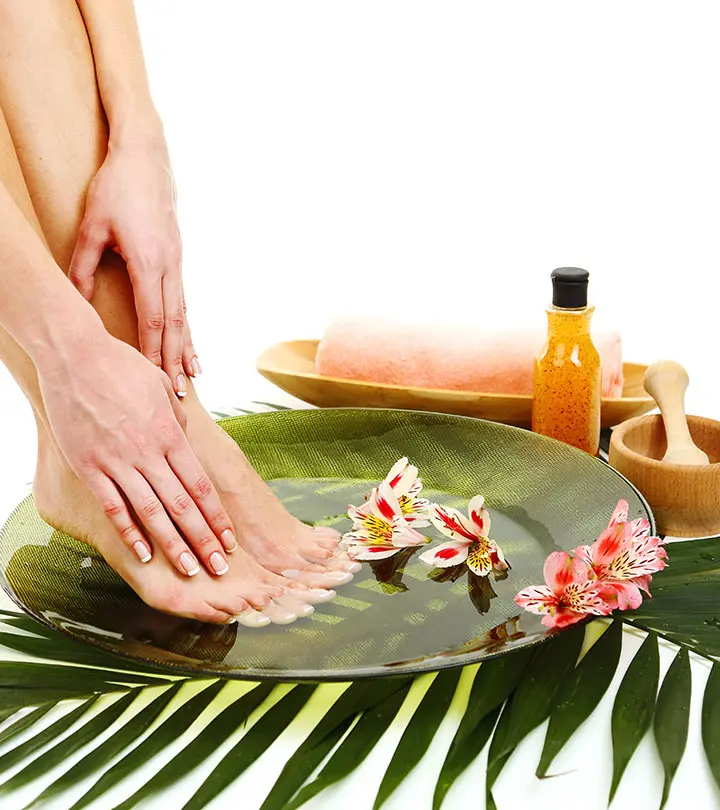


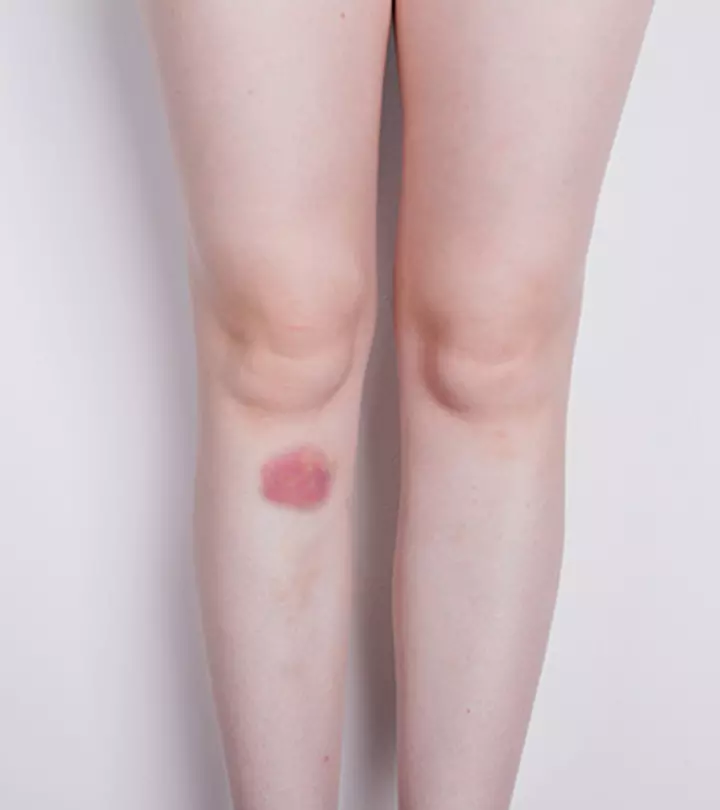
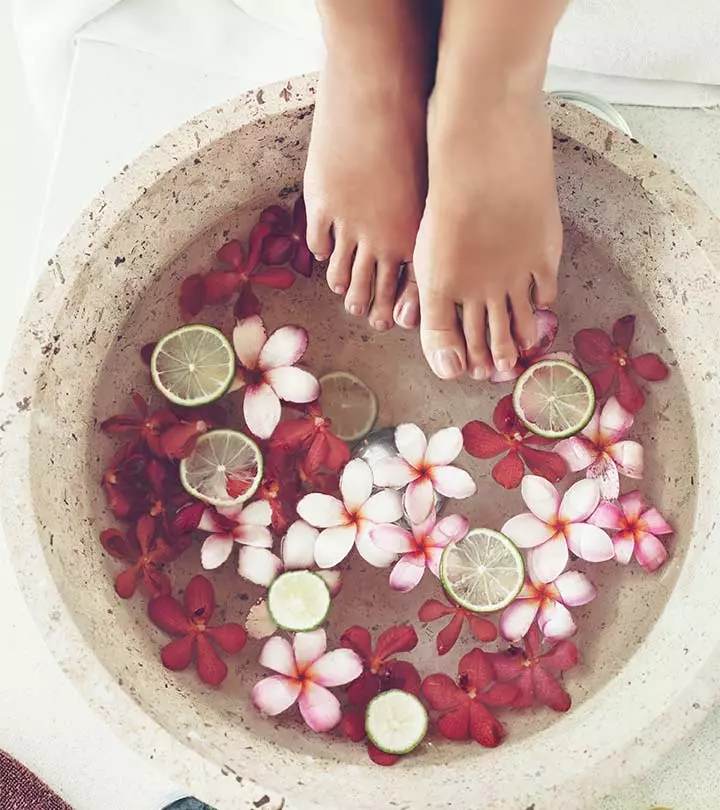
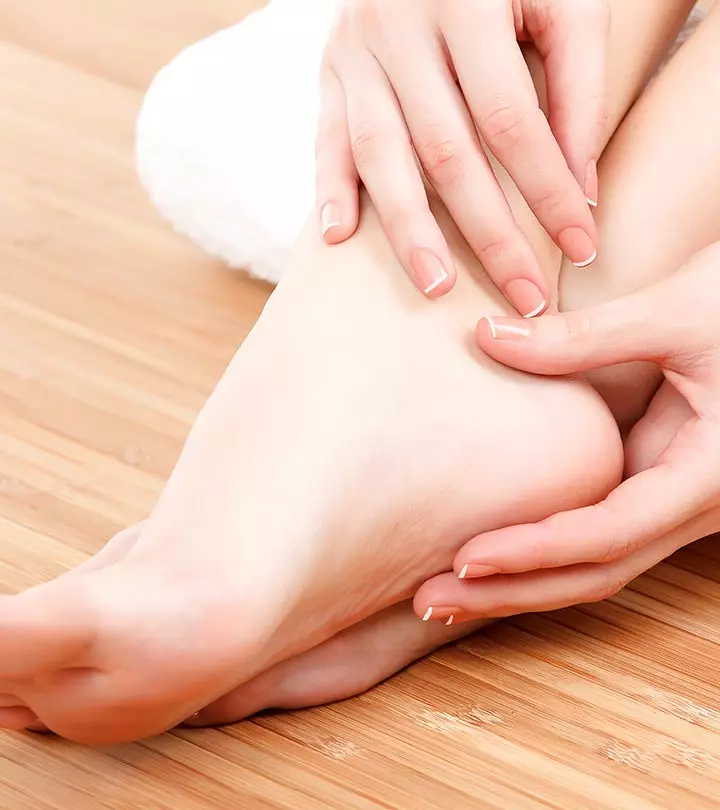
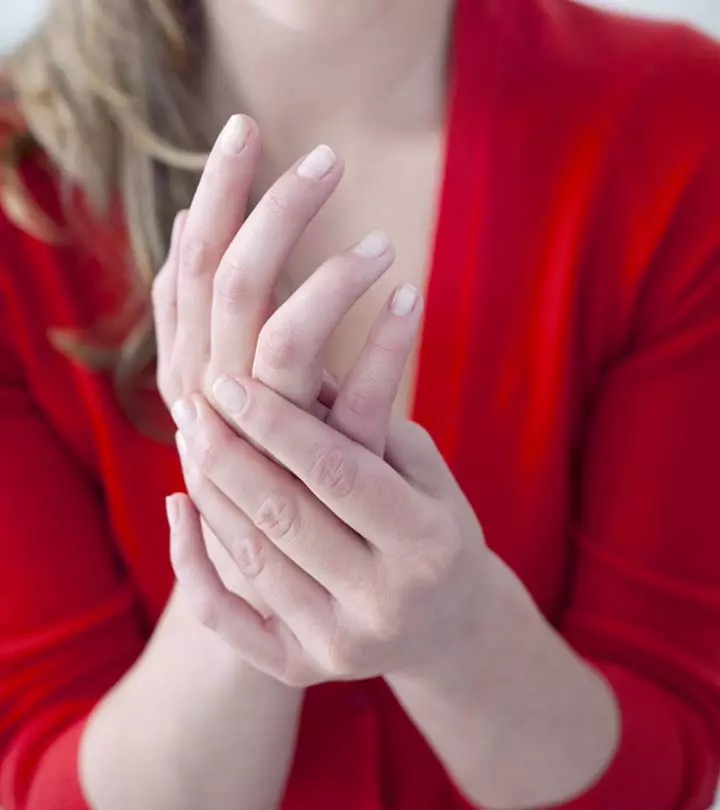
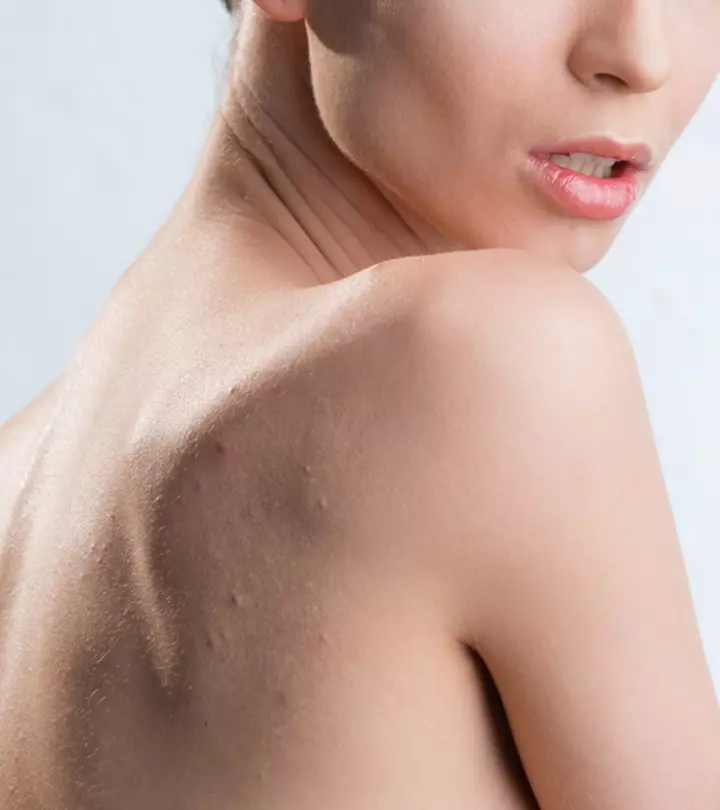


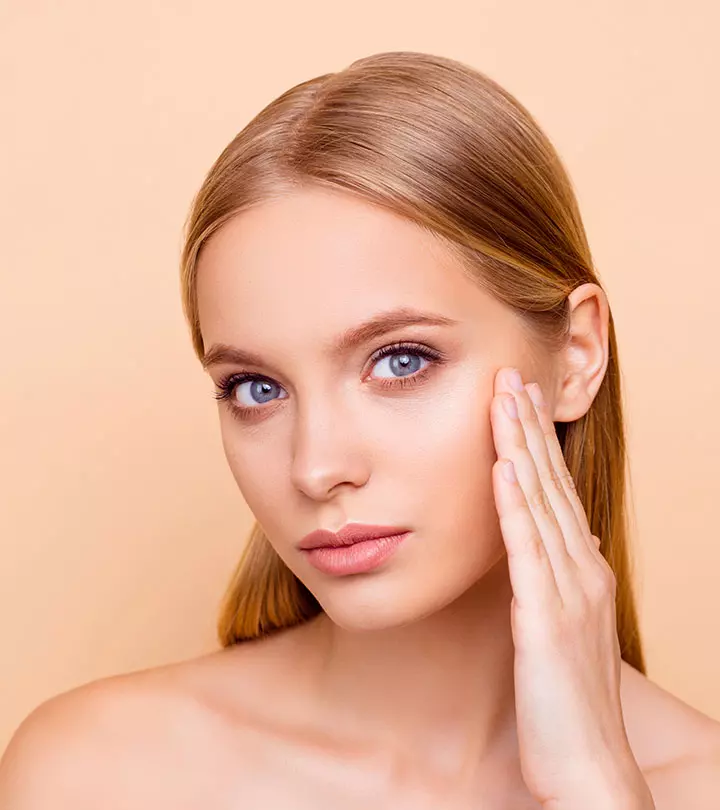

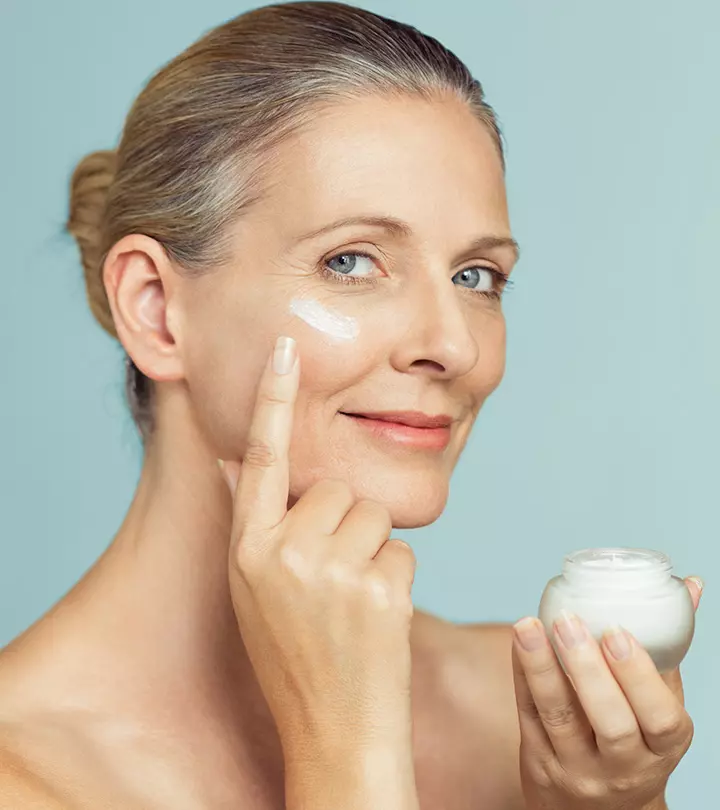
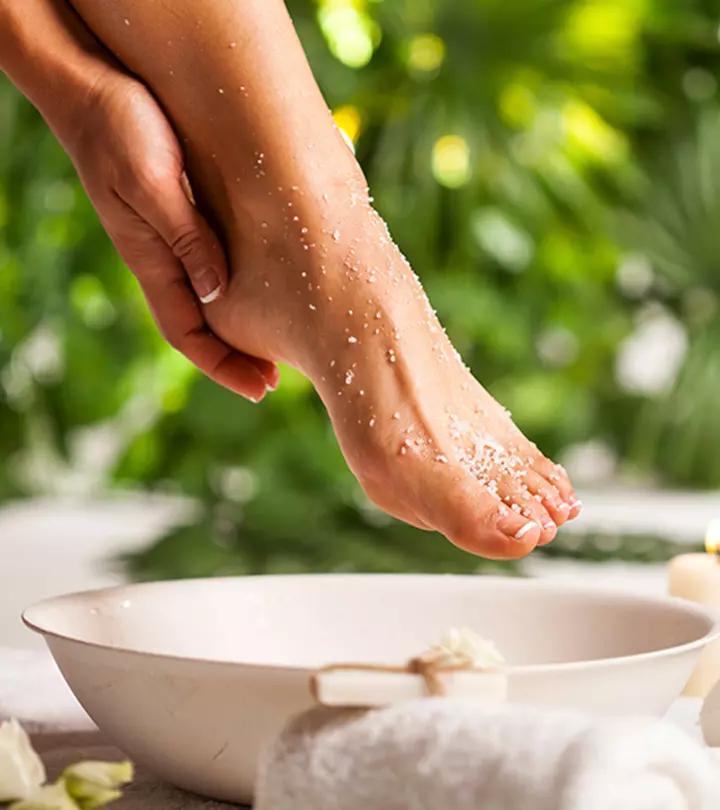
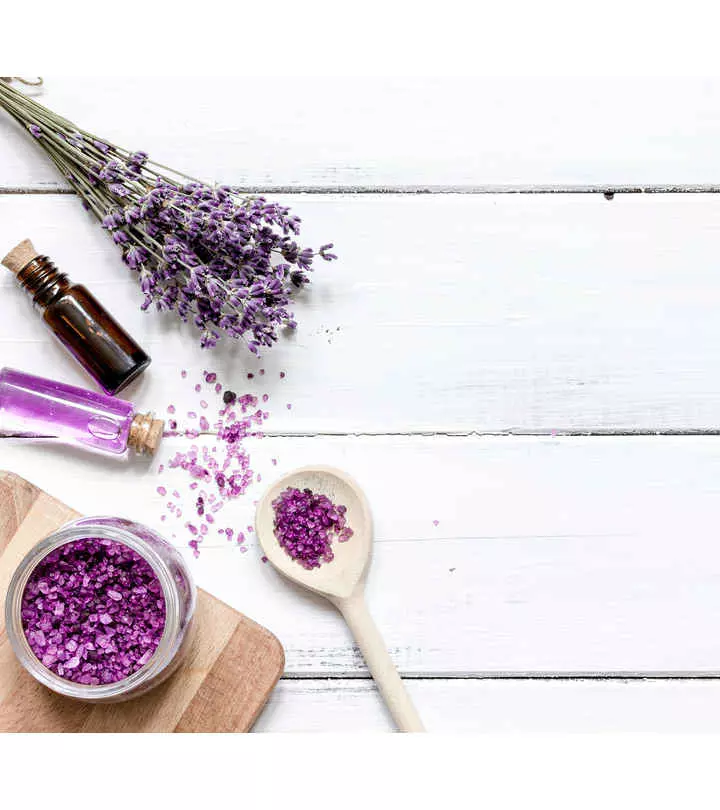
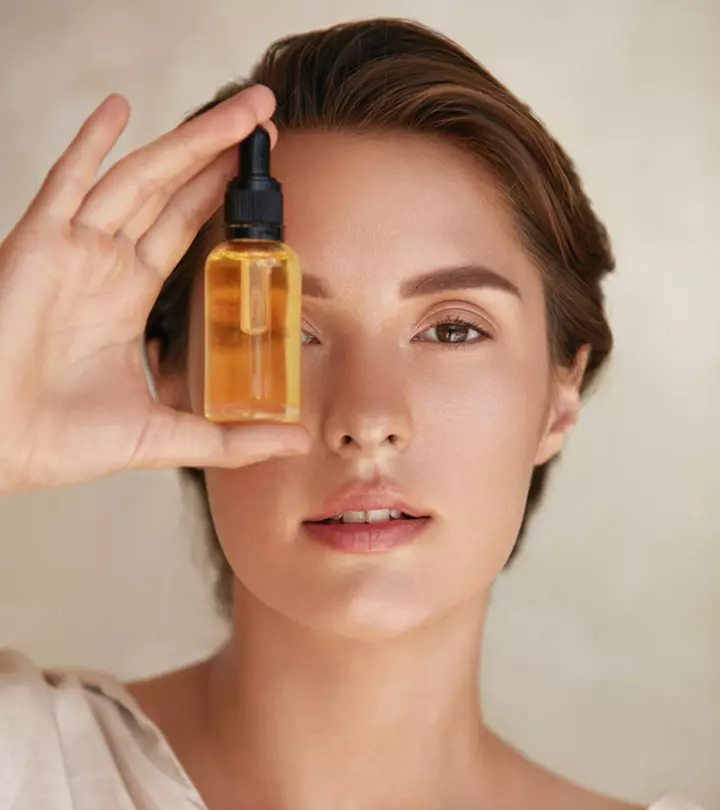
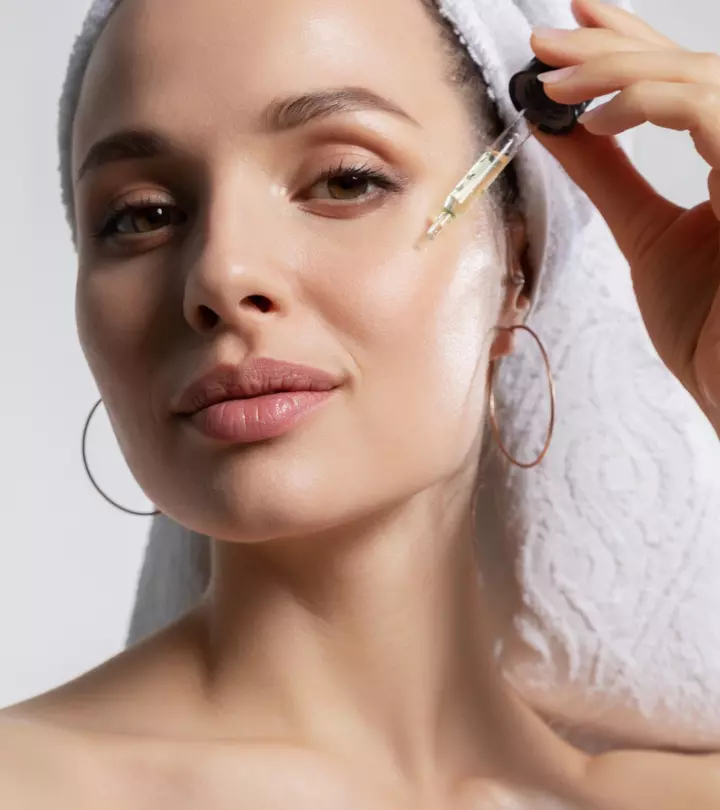
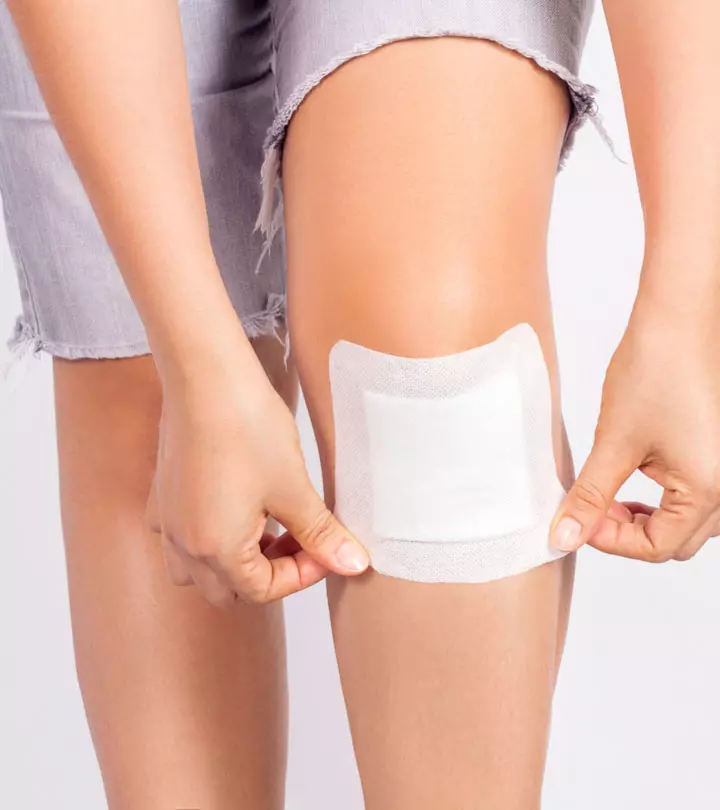


Community Experiences
Join the conversation and become a part of our empowering community! Share your stories, experiences, and insights to connect with other beauty, lifestyle, and health enthusiasts.